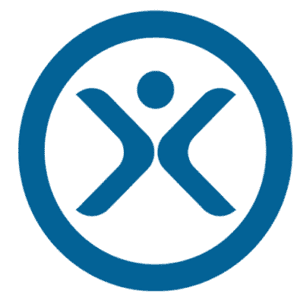It is your new employee’s first day. Anxiety is building; questions are swirling. Onsite new hires worry about getting lost, talking to new people at the water cooler, and finding good places to have lunch. Remote work provides a whole new set of concerns, both big and small. Will my internet go out right in the middle of my first training session? Is my background professional enough or should I enable the blur setting? Will I mesh with my manager’s leadership style? Will my coworkers like me? In either case, the most fundamental question is: Is this the right place for me? This is the question you must address, so your new employees feel comfortable enough to learn all the new things they need to learn, ask the questions they need to ask, and bring the knowledge, skills, and abilities they were hired for to their new roles. You have three opportunities to impress upon your employees what your corporate culture truly is and how they can be a part of it—before, during, and after the hiring process.
It all begins before the hiring process. When candidates search for an employment opportunity, they are usually looking at many different companies. One way to stand out from the crowd is to be clear about who your company is right at the outset. Take a look at your website and social media presence. Better yet, have people who do not work at your company look at it and provide feedback on what they believe your company does and what kind of company you are. Is it a long-established company with a storied history? A plucky startup? Finding its rhythm and about to explode onto the scene as a major player? Who is your customer? Is it a niche market or something with mass appeal? What makes your company stand out? Being clear about who you are as a company helps attract candidates who will be a good fit.
During the hiring process there are several touchpoints, and your culture should be infused at each of them. Ensuring that you accurately represent the role in your job ad is paramount to finding the right person. Be clear about the level of authority, the daily duties and responsibilities, short-term and long-term goals are also important. Your job ads should include a small blurb about the company. It should succinctly convey enough for the applicant to have a high-level understanding of your culture. Where you place the job ad can also provide insight about your company. Beyond online job boards, you can post it on association sites with which your company is affiliated as well as associations for the industry that your candidate may be a part of. For example, if you are looking for an experienced corporate trainer, posting the job on the Association for Talent Development’s (ATD) site would be appropriate.
Once the prospect is intrigued by your job ad, the next touchpoint is the application process. When the candidate applies online, is the look and feel branded with your colors and fonts? Is the logo visible? Is the application itself long and arduous—a common complaint among applicants—or simple and quick? Does the candidate receive any sort of confirmation that their application has been received? Are the next steps clear?
The interview is next. Normally, candidates come to your office for the interview where they meet one or more people from your company and see your company’s culture first-hand. When conducting interviews remotely, you can take a moment to explain a bit about your company at the beginning of the interview. Perhaps you can tell them how you found the corporate culture different from other companies where you previously worked?
Finally, after you hire your new employee, you have a chance to demonstrate the culture during onboarding. Prior to their first day, send an email that provides clear instructions, their logon credentials, and how they will learn to use your system(s). If you send them a laptop, include some branded items like a mousepad. Make it personal and fun. Print the history of the company and the mission statement and values. Your remote orientation should match your in-person one. At small companies, the new hire may be solely matched with a mentor who shows them the ropes. At a mid-sized company, you may assign the new hire to a buddy as well as have them attend a brief orientation. At a large company, there may be an orientation that goes on for multiple days. Formal orientation programs can be moved online as other training has been.
This is where a personality assessment can add extra value beyond hiring for job fit. Share the candidate’s report with the trainer, mentor, and direct supervisor so they can adapt to meet the motivational drivers of your new hire(s). You can also provide your new hire(s) with one of Omnia’s self-awareness reports as a way to build trust, create transparency, and inspire open communication in a remote environment.























